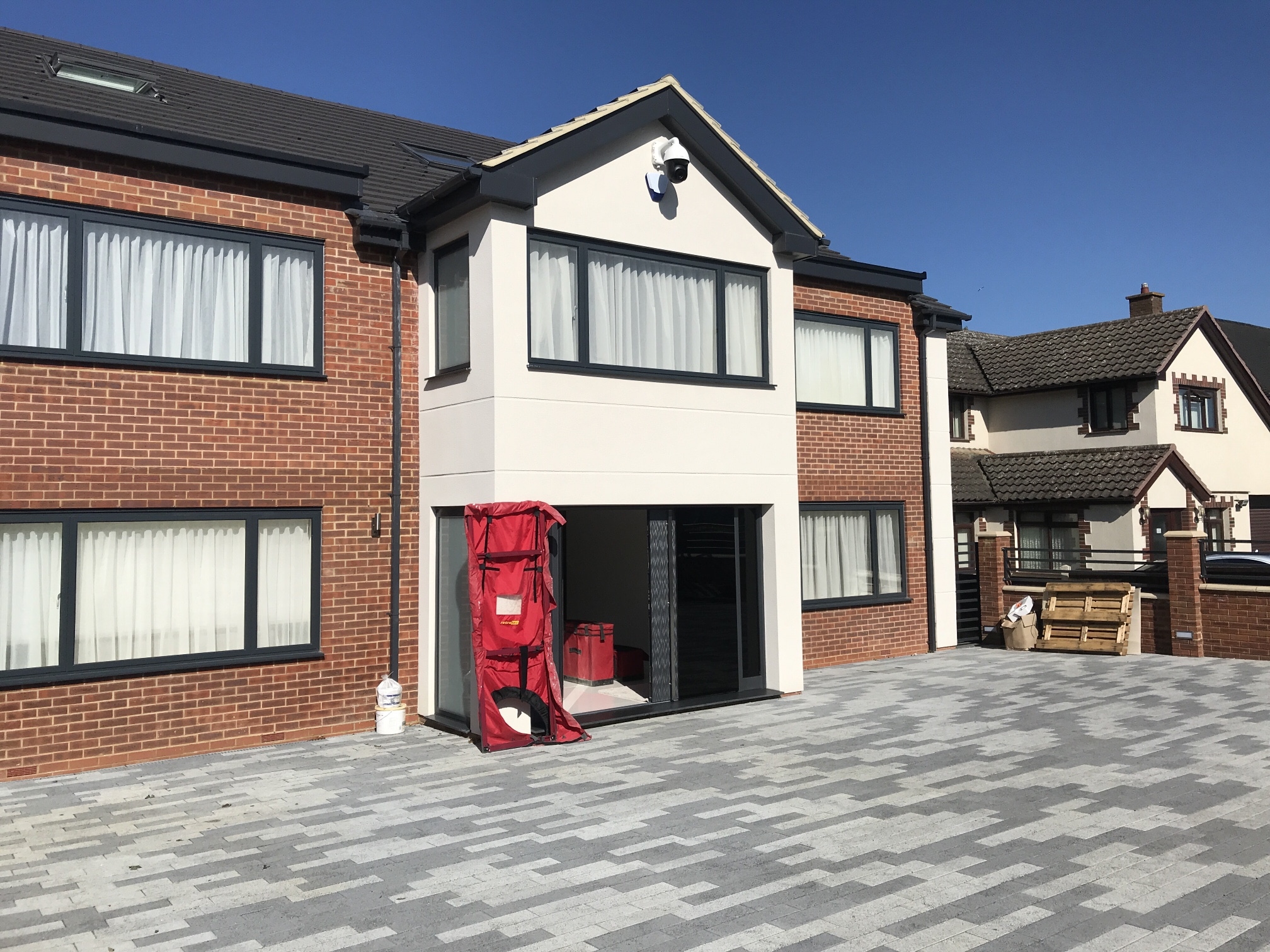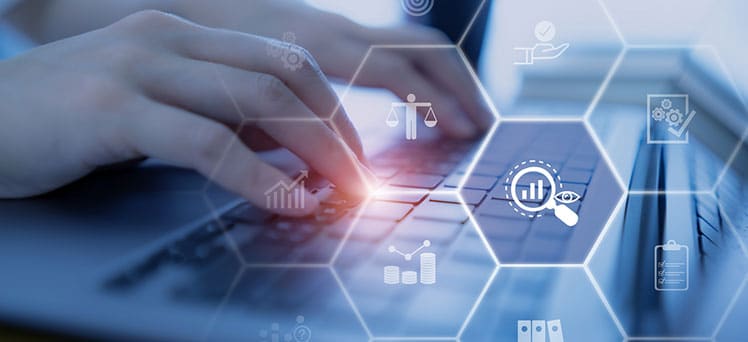In this article we are going to try and cover off the common questions we get asked regarding SBEM calculations.
How is Sbem calculated?
The official national calculation approach for calculating the energy efficiency of commercial properties is Simplified Building Energy Modelling (SBEM). SBEM determines a building’s monthly energy consumption and carbon emissions based on its size, orientation, geometry, structure, and systems.
Do I need Sbem calculations?
Building a dwelling, such as houses or apartment blocks, requires its own SAP calculation, whereas any structure that isn’t a dwelling needs an SBEM calculation. In simple terms, all non-domestic, new-build properties will require an SBEM calculation.
What is SBEM used for?
SBEM is used for two purposes.
1. Part L of the Building Regulations must be demonstrated.
2. Certificates of Energy Performance (EPCs) (EPC)
A ‘BRUKL’ report is generated as a result of an SBEM calculation.
What is the difference between Sbem and SAP?
Both SAP and SBEM have the same basics, but SAP is meant to more accurately reflect our homes’ carbon emissions. It is designed to reflect CO2 from any sort of structure, including offices, hotels, warehouses, and sports arenas.
What is an Sbem report?
SBEM is a BRE-developed software application that analyses a building’s energy use. It is utilised to support the National Calculation Methodology (NCM), the Energy Performance of Buildings Directive (EPBD), and the Green Deal for non-domestic buildings.
What is the difference between Sbem and Brukl?
BRUKL (Building Regulations UK, Part L) reports are used for non-residential structures. After the most frequent methodology used to create them, BRUKL documents are sometimes referred to as SBEM reports (Simplified Building Energy Model).
What is a Brukl report?
Building Regulations UK Part L reports are referred to as BRUKL reports. It specifies the effort to save energy and gasoline. Emissions from buildings are measured, which will aid in the construction process. These reports are constantly used by builders to guarantee that their structures comply with the requirements.
The BRUKL report is an output of the software.
What is SAP SBEM?
A SAP/SBEM calculation is a heat loss calculation that takes into account the structure, building size, ground floor, exterior walls, and roof/s build-ups, as well as the heating type, glazing, and renewable technologies.
What is the difference between an SBEM and EPC?
What’s the difference between an EPC and an SBEM? The calculations used in a new building’s EPC should be the same as those used in SBEM calculations. The EPC is a legal document that allows a building to be sold or rented.
Do I need an Sbem extension?
When do SBEM calculations for extensions become necessary? The Calculation is not required for all non-dwelling additions; however, substantial extensions will require one if: the floor area is greater than 100m.
What does Sbem stand for?
Simplified Building Energy Model. It is a BRE-developed software calculator that evaluates the energy consumption of non-domestic buildings (non-residential). It’s used to show that a building complies with Part L2A New Builds or Part L2B Existing Buildings of the Building Regulations.
Is an Sbem a thermal model?
DSM is a precise simulation of the entire building’s performance. DSM is a thermal model that may be used to conduct building compliance evaluations using the SBEM (Simplified Building Energy Model) technique to satisfy UK/ROI Regulations Part L and NI Regulations Part F.
What is dynamic simulation Modelling?
Dynamic Simulation Modelling (DSM) is a very accurate and powerful technique for evaluating a building’s environmental performance. DSM, also known as thermal modelling, can be used to model and analyse a variety of sustainability variables that are often triggered by planning or building rules.
Demonstrating Compliance
SBEM BER<TER
The calculated CO2 emission rate (often referred to as the BER-Building Emission Rate) cannot exceed the Target Emission Rate (TER).
This is the most important and mandatory requirement of Part L.
Fabric
The ability to specify building services with greater flexibility is enabled by achieving a thermally efficient, air-tight building. If your project is less than 500m2, however, an air permeability test is not required.
On smaller structures, you may choose to do a voluntary air test. This could be a low-cost solution to meet emission targets.
Heating
It is recommended that you choose a heating system that is appropriate for the building’s intended usage. This will ensure that your path to compliance is simple.
We propose that you use a central heating system instead of localised electric heating unless it is absolutely required.
If the building is not connected to a gas network, choose ground or air source heating.
Biomass or a Combined Heat and Power (CHP)
Biomass or combined heat and power (CHP) are efficient ways to produce heat and electricity at the same time, collecting and utilising heat generated as a by-product of the electricity generation process.
CHP can reduce carbon emissions by up to 30% when compared to conventional generation via a boiler and power plant because it generates heat and power at the same time.
Biomass and CHP both take up a lot of room, so keep that in mind when deciding on a heating system.
Warehouses and high-ceilinged areas
We propose radiant heating for these applications since it warms people and objects rather than raising air temperature. We can install de-stratification fans to provide an even temperature balance if traditional hot air systems are fitted.
Ventilation And Cooling
Select air conditioning cooling systems that are suitable for the size of the room.
Consider techniques that combine natural ventilation with thermal mass, heat gain control, and heat dissipation.
Lighting
Because of their excellent efficiency and low cost, we recommend LED lighting applications.
There are various elements to consider at every step of a new construction project. This article seeks to present you with the most important components for achieving compliance.
To ensure success at every step, a holistic approach to sustainability and energy conservation is required.
For more information on our SBEM service click here or contact us for any free advice for queries.





